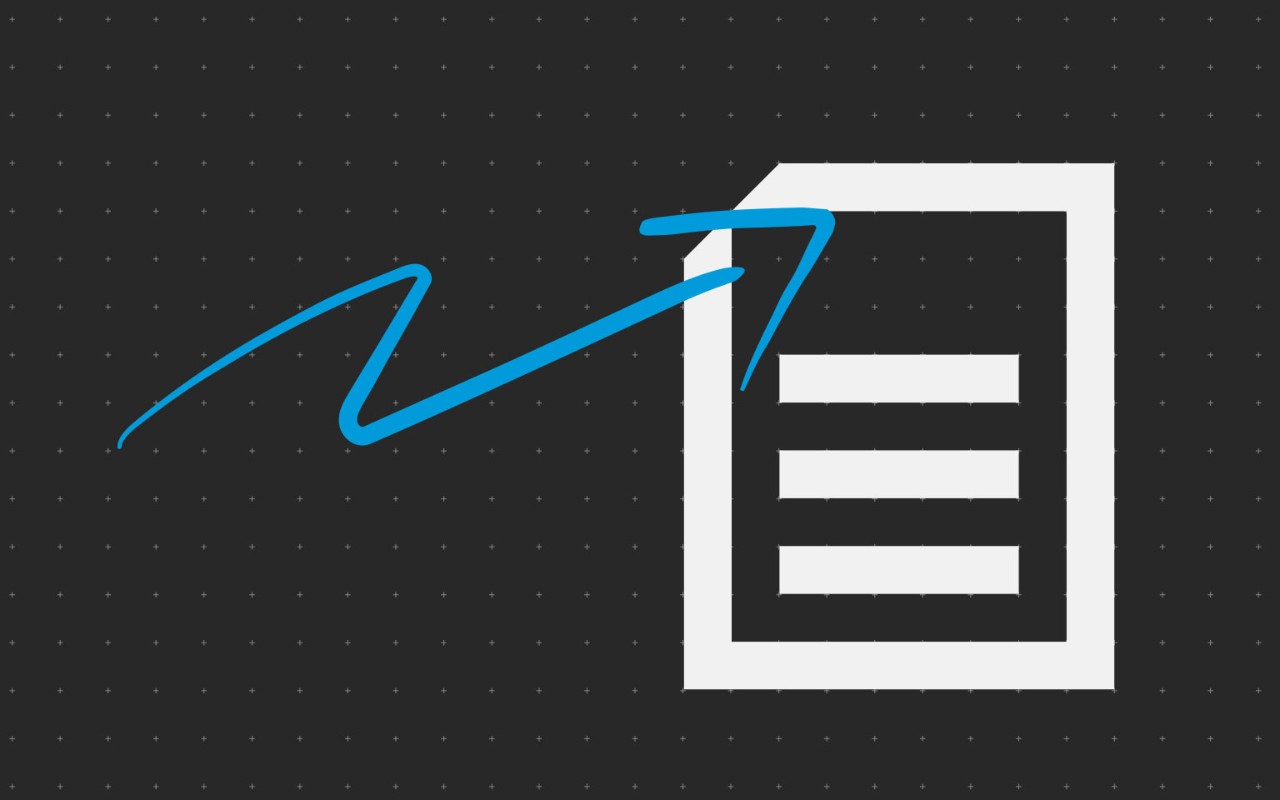When should leaders use AI to communicate?
Let’s get straight to the point, AI is here to stay. It’s transforming the way we do business, from operational efficiency to strategic forecasting. And yes, it’s becoming a handy tool in communication too. But just because we can use it everywhere, doesn’t mean we should.
A recent piece in Harvard Business Review reminded me of something we know instinctively, but sometimes forget in the rush to adopt the latest AI application, and that is that communication is a trust-builder. And when trust is at stake, convenience must come second. The article outlined a few powerful principles that are worth applying to our own practice at Kyocera.
First, transparency matters. Communicate how and when AI tools are used. Be clear about what is acceptable usage and stay within company guidelines.
Second, context is everything. AI can help with process-driven communication like FAQs, onboarding guides, and service notifications, but it should never replace human connection. When it’s personal, emotional or high-trust, it needs to come from us. In our own words. With our own tone. If our people can’t feel us in our messages, the message loses its power.
And third, always check before you send. AI hallucinates, overcomplicates, or simply sounds off. It finesses content. There is no such thing as “good enough” when asking AI to check your piece, so proceed with caution and pragmatism. Whether we’re using it to spark ideas or sharpen structure, we must still take full responsibility for the message that lands. A tool can assist, but only humans can ensure it’s true, helpful, and on point.
Our partners, teams, and customers don’t want, or expect polished perfection. They want connection. They want to feel seen, heard, and respected. That’s something no algorithm can replicate.
It is best to step out from behind the tech and simply speak as ourselves. However, we can embrace the digital tools, engage with it on our own terms and still continue to keep the soul in our communications.
As always, our Kyocera philosophy calls us to “do what is right as a human being.” That includes how we communicate and how we use the tools we have at our disposal.
Let AI do the typing, but don’t let it do the thinking.

